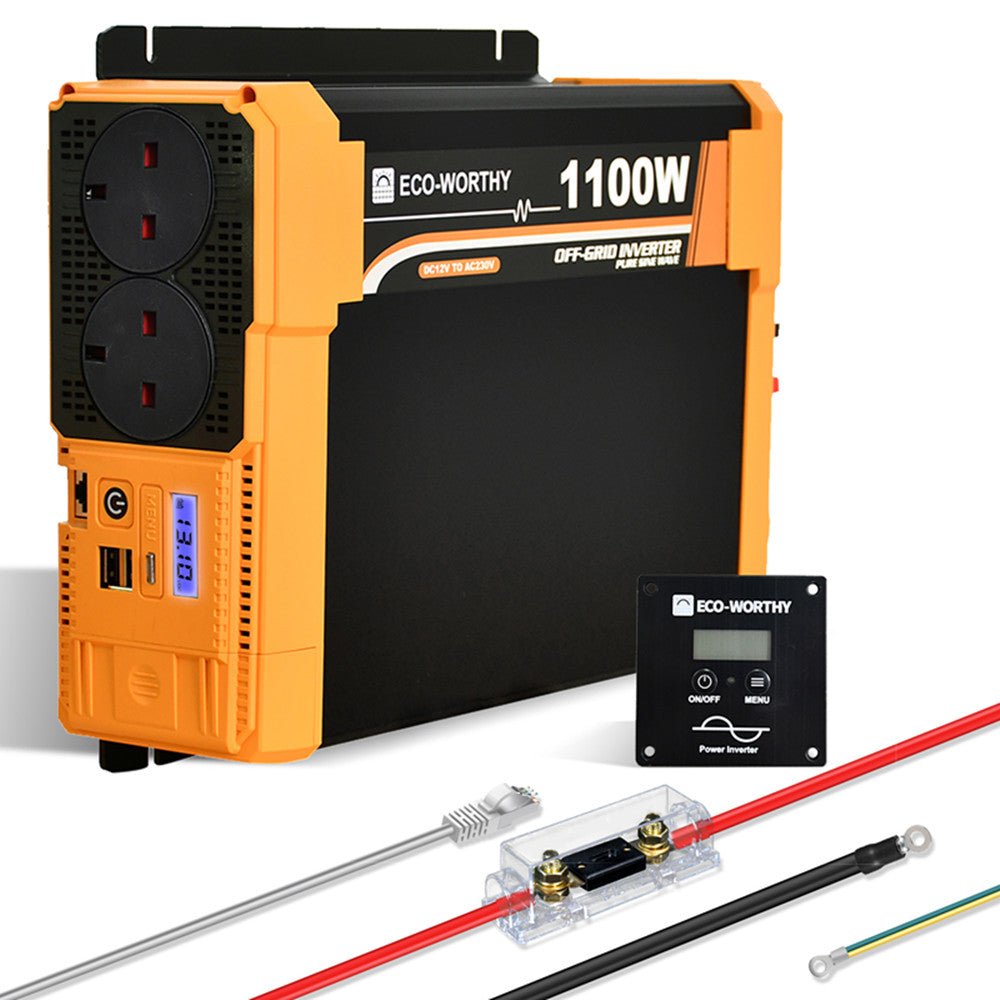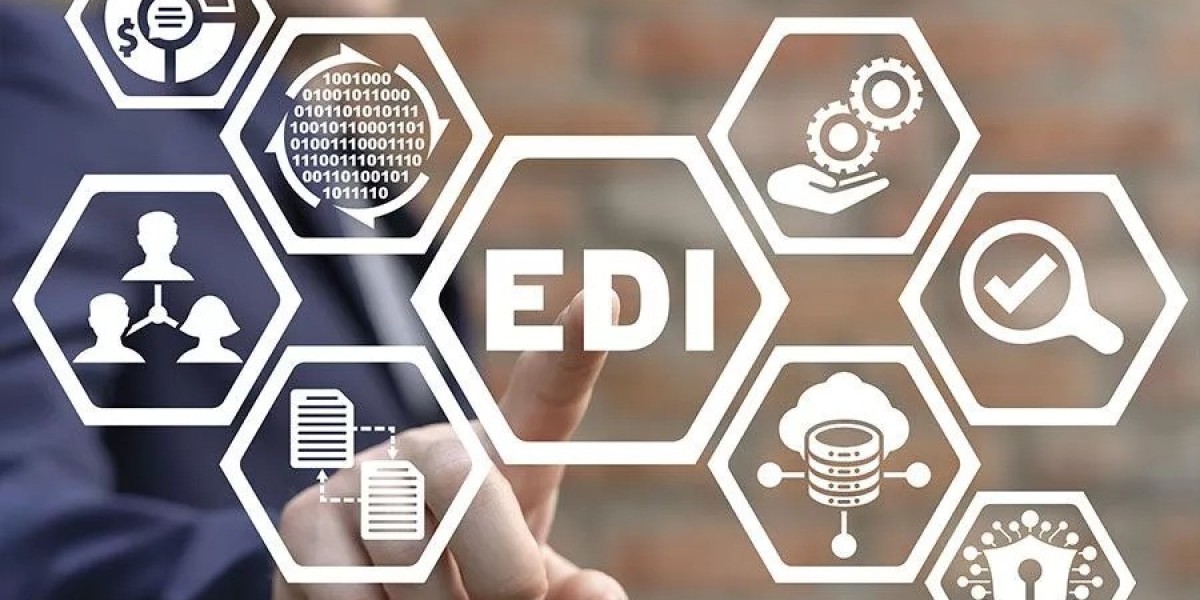The inverter for solar panels is a crucial component in any solar energy system. It converts the direct current (DC) generated by solar panels into alternating current (AC), which can be used by household appliances or fed back into the grid. This article aims to provide a deep understanding of the different types of inverters available in the market, their functionalities, and their applications.

Types of Inverters for Solar Panels
There are several types of inverters used in solar energy systems, each with its unique features and benefits. The main types include:
- String Inverters
- Microinverters
- Hybrid Inverters
String Inverters
String inverters are the most common type of inverter for solar panels. They are called "string" inverters because they are connected to a series of solar panels, known as a string. These inverters are typically used in residential and commercial installations.
String inverters are cost-effective and relatively easy to install, making them a popular choice for many solar energy systems.
However, one drawback is that the performance of the entire string can be affected if one panel is shaded or malfunctioning. Despite this, string inverters remain a reliable and efficient option for many users.
Microinverters
Microinverters are small inverters installed on each individual solar panel. This allows each panel to operate independently, which can significantly improve the overall efficiency of the system, especially in conditions where shading or panel mismatch is a concern.
One of the key advantages of microinverters is their ability to maximise the energy output of each panel. This can be particularly beneficial in installations where shading is unavoidable. However, microinverters tend to be more expensive than string inverters, which can increase the overall cost of the system.
Hybrid Inverters
Hybrid inverters, also known as multi-mode inverters, are designed to work with both solar panels and battery storage systems. They can manage energy from solar panels, batteries, and the grid, providing a versatile solution for energy management.
Hybrid inverters are ideal for users who want to store excess solar energy for use during periods of low sunlight or power outages. They offer the flexibility to operate in both grid-tied and off-grid modes, making them a versatile choice for various applications.
Choosing the Right Inverter for Your Solar Panels
When selecting an inverter for solar panels, it is essential to consider factors such as system size, budget, and specific energy needs. Each type of inverter has its advantages and disadvantages, so understanding these can help you make an informed decision.
- Assess your energy consumption and peak usage times.
- Consider the installation environment and potential shading issues.
- Evaluate the cost and efficiency of different inverter types.
For instance, if you have a limited budget and minimal shading, a string inverter might be the best option. On the other hand, if you have shading concerns or want to maximise energy output, microinverters could be more suitable. For those looking to integrate battery storage, hybrid inverters offer the most flexibility.
Conclusion
Understanding the different types of inverters for solar panels is crucial for optimising your solar energy system. Whether you choose string inverters, microinverters, or hybrid inverters, each type has its unique benefits and applications. By carefully considering your specific needs and conditions, you can select the best inverter to enhance the efficiency and reliability of your solar energy system.
References
 ```
```







